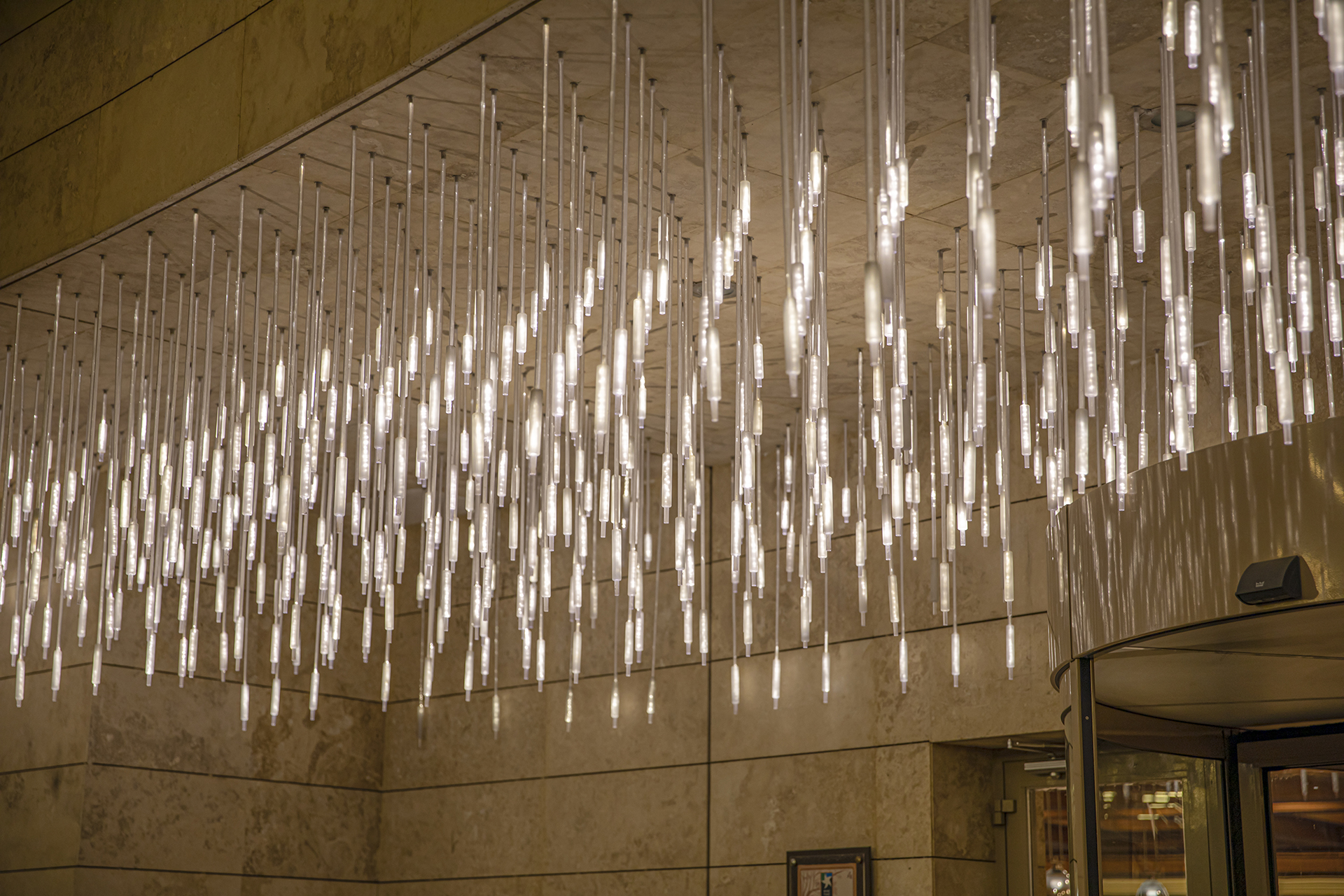19
Jun

Introduction
Lighting technology has evolved significantly over time with numerous changes and innovations. Today, LED (Light Emitting Diode) technology plays a leading role in the lighting industry due to its energy efficiency, long lifespan, and environmentally friendly features. This text will discuss the historical development of LED lighting, its advantages, and its future potential.
History of LED Technology
The origins of LED technology date back to 1927 when Oleg Losev laid out the basic theory of LEDs. However, practical applications of this technology were not developed until 1962. In 1997, engineers from Nichia Corporation revolutionized lighting by discovering the blue LED. This discovery enabled LEDs to emit light across the full color spectrum, paving the way for a wide range of applications. Shuji Nakamura was awarded the Nobel Prize in 2014 for this significant breakthrough.
Advantages of LED Lighting
LED lighting offers many advantages. First and foremost, LEDs outperform other lighting types in terms of energy efficiency. For example, an LED bulb consumes up to 80% less energy to produce the same amount of light as traditional bulbs. This reduces both energy costs and environmental impact.
LEDs are also long-lasting. While an average LED bulb can last up to 50,000 hours, traditional bulbs only function for a fraction of that time. This longevity significantly reduces maintenance and replacement costs.
Low heat production is another important advantage of LEDs. Traditional bulbs emit a large amount of heat, whereas LEDs produce less heat due to their energy efficiency. This provides a great advantage in terms of safety and comfort, especially in indoor applications.
Finally, LEDs are environmentally friendly. They do not contain mercury or other harmful substances, making them a recyclable and less harmful option for the environment.
Applications of LED Lighting
LED technology has a wide range of applications. In indoor lighting, LEDs are widely used in homes, offices, shopping malls, and other enclosed spaces. LED downlights, spotlights, and decorative lights are popular LED products for indoor use.
In outdoor lighting, LEDs are used in various applications such as street lighting, park and garden lighting, and facade lighting. LED floodlights and wall washer lamps are frequently preferred products in this category.
In industrial and commercial applications, LED lighting solutions are used in factories, warehouses, and logistics centers. In such applications, durability and energy efficiency are prioritized.
LED technology also plays a significant role in agricultural lighting. Known as grow lights, LED lighting systems help achieve maximum efficiency by providing the light levels needed during different stages of plant growth.
Comparison of LED and Conventional Lighting
Comparison with Halogen and Fluorescent Lamps
Halogen lamps are known for their high energy consumption and short lifespan. These lamps consume much more energy compared to LEDs and require more frequent replacement. LEDs provide the same light level with lower energy consumption and longer lifespan, making them a more efficient and economical option.
Fluorescent lamps, on the other hand, contain mercury, which is harmful to the environment and poses health risks if not disposed of properly. LEDs, being free of mercury and other harmful substances, offer an eco-friendly alternative. Additionally, LEDs consume less energy and have a longer lifespan compared to fluorescent lamps.
Comparison with High-Pressure Sodium (HPS) Lamps
High-Pressure Sodium (HPS) lamps are commonly used in street lighting and industrial applications. While HPS lamps provide high light efficiency, their energy consumption is quite high. LEDs consume less energy and have a longer lifespan compared to HPS lamps, making them a more sustainable and cost-effective option.
The Future of LED Lighting
LED technology is continuously evolving, and its applications are expanding with innovative solutions. Research and development activities continue to enhance the efficiency and performance of LEDs. These advancements will enable LEDs to be used more widely and effectively. In the future, it is expected that LED technology will become even more prevalent in all aspects of our lives.
In conclusion, LED lighting has revolutionized lighting technology with its energy efficiency, long lifespan, eco-friendly features, and wide range of applications. In the future, it is expected that LED technology will become even more prevalent in all aspects of our lives.

Cengiz SENTURK
Chairman



